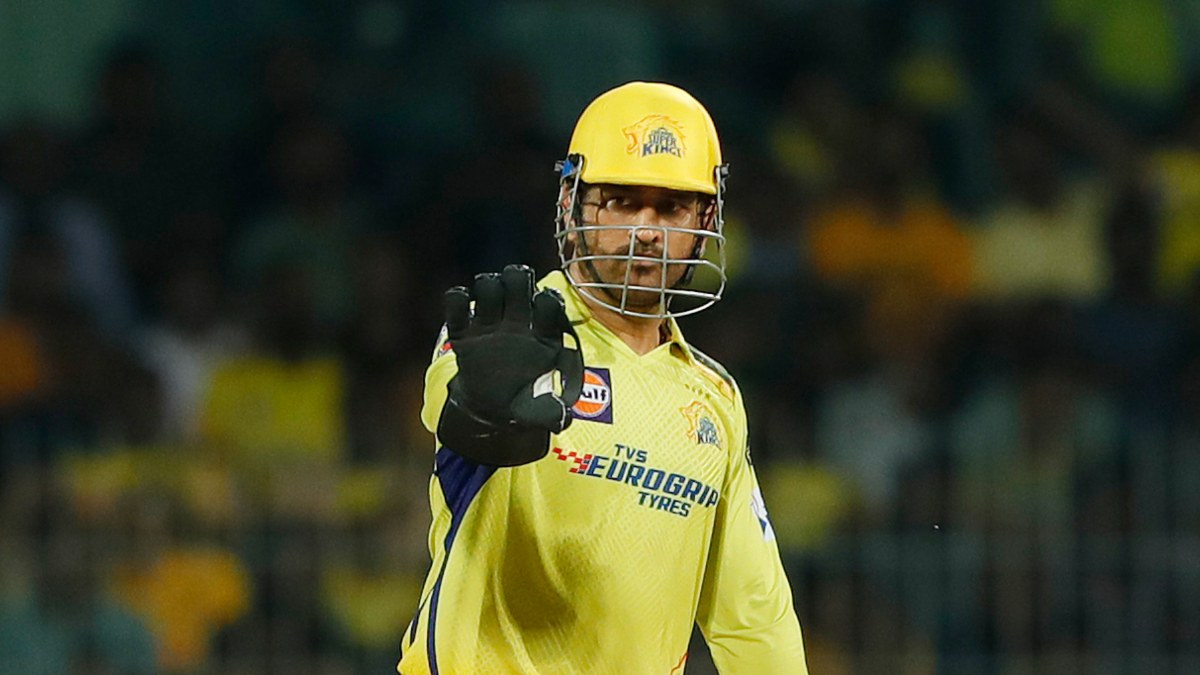Virat Kohli was manning the cover boundary in Adelaide against Pakistan. Shahid Afridi had just smacked Ravindra Jadeja out of the Oval. The very next delivery, Afridi played an inside-out shot and the ball flew towards deep cover. Kohli ran in, stretched, couldn’t quite get but made sure the ball didn’t slip past for four. It was a smart attempt. The crowd applauded in appreciation.
The fielder himself was disappointed. Seven overs later, Kohli ran in as Afridi lofted a full-toss off Mohammad Shami towards him again. Then he ran back, almost over-running it, but completing the catch while diving back. Kohli stood up and stretched out into a star pose, a la Afridi himself.
In Melbourne, AB de Villiers and Faf du Plessis were leading South Africa’s recovery and looking comfortable. India had done well to put 307 on the board, but you can never be sure which side has batted or bowled better until the end of the game.
Something had to give. The partnership was chugging along nicely at 5.4 per over, but the asking rate had climbed past seven. De Villiers then drove to sweeper cover and called for two. Mohit Sharma was slightly in, not right on the boundary. But this was the Melbourne Cricket Ground, where distances are greater. Mohit rocketed a throw in; MS Dhoni did the rest and the match turned.
In both these matches, late collapses cost India at least 30 runs. Their bowling – often below par – requires that extra-cushion. But fielding, the forgotten third dimension, has come to the rescue.
“Among the fielders we have got, maybe one or two are slower than others, but by no means are they bad fielders,” Dhoni said after India’s 130-run victory. “We have got a few excellent fielders, and all our fast bowlers are above average. If we get a par-score, with our fielding we can add 15 runs to it. As such I don’t always have to think about which player needs to go where. I have time to think more about the strategies rather than thinking of stopping singles or needing boundary riders who can stop twos and threes. That actually eases the pressure off me.”
A batsman’s form goes up and down, particularly in a long, drawn-out tour such as this one. Bowling plans aren’t always executed well. Fielding then becomes a power booster. A spectacular catch or daring run-out can lift a team. It can be a serum that turns players into superheroes – leaping here, sliding there.
“We are one of the best fielding units in world cricket,” Suresh Raina said in his World Cup preview. Along with Ajinkya Rahane and Ravindra Jadeja, he sets the benchmark for this team. Fitness is the key here. Be it Raina or Umesh, Shami or Rahane, Mohit or Kohli, they have all done hard time building it up. Duncan Fletcher – and his erstwhile coaching staff – may have many shortcomings, but credit is due here. This is their impact.
It is a sharp contrast from the ageing side that was here in 2012. During the ODI leg of that ill-fated trip, Dhoni’s comments lit a fire among senior players when he said India needed to shield some of them on big Australian grounds.
In this team, all the players fling their bodies at the ball, and they can all throw it back from any corner of the field. Always on their toes, they want to pounce.
Cut to the ninth over of South Africa’s innings. Hashim Amla rocked a full-blooded drive off Mohit. The ball was sailing across the 30-yard circle when out of nowhere Rahane flew into the frame and knocked the ball down. Amla was half way down the crease by then but Rahane’s shy at the stumps missed. Raina, smartly backing up, took another shot from only a few feet, but also missed. This would be India’s only miss of the night and served notice for what would follow.
Turn the pages back a few weeks, and India were reeling under the cloud of another failed tour of Australia. What went unnoticed was their fielding in the tri-series, which was consistently good.
On Sunday then, India had every inch of the vast MCG covered. That’s what it took to beat the likes of de Villiers and Amla. Even with them back in the pavilion, victory wasn’t assured. Then Ashwin bowled to David Miller and JP Duminy, the fielding cordon choked all runs, inducing mistakes from intense pressure.
By their own captain’s admission then, South Africa weren’t beaten by the bat or ball, not by the weary pitch, not the immensely partisan crowd at a neutral venue. They were beaten in the field, and a sleeping giant woke up.


)




)
)
)
)
)
)
)
)